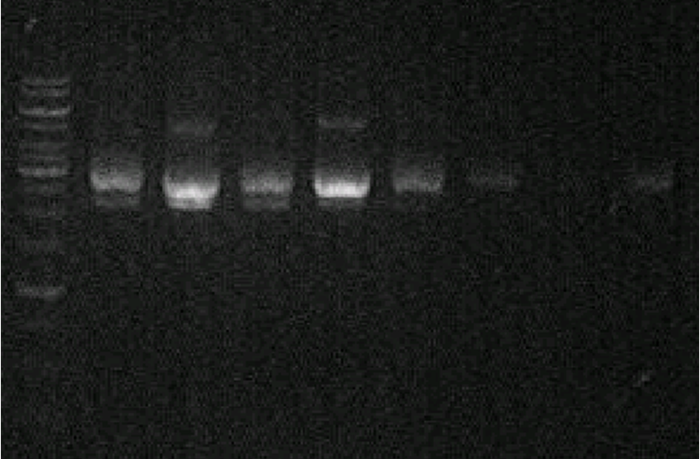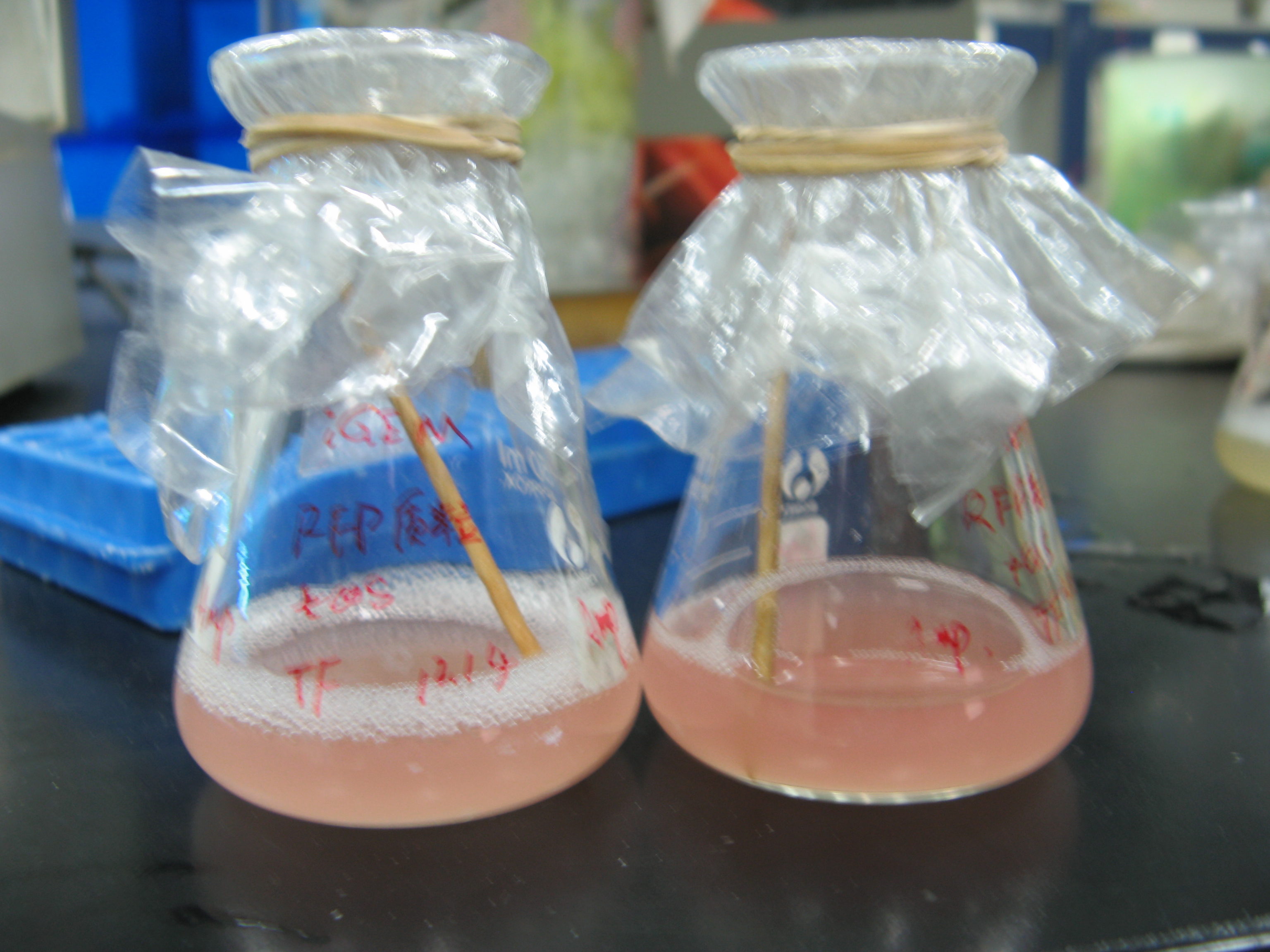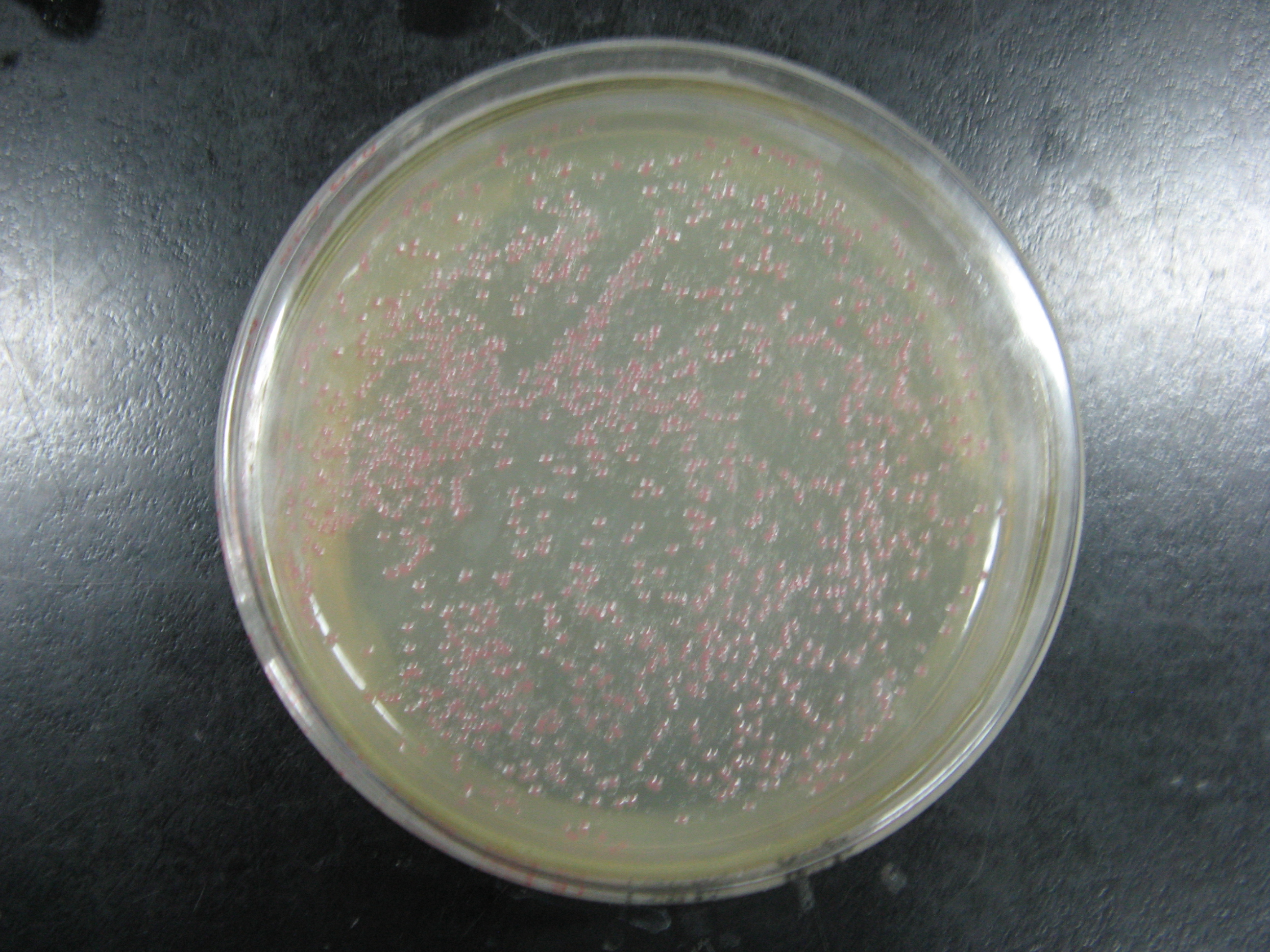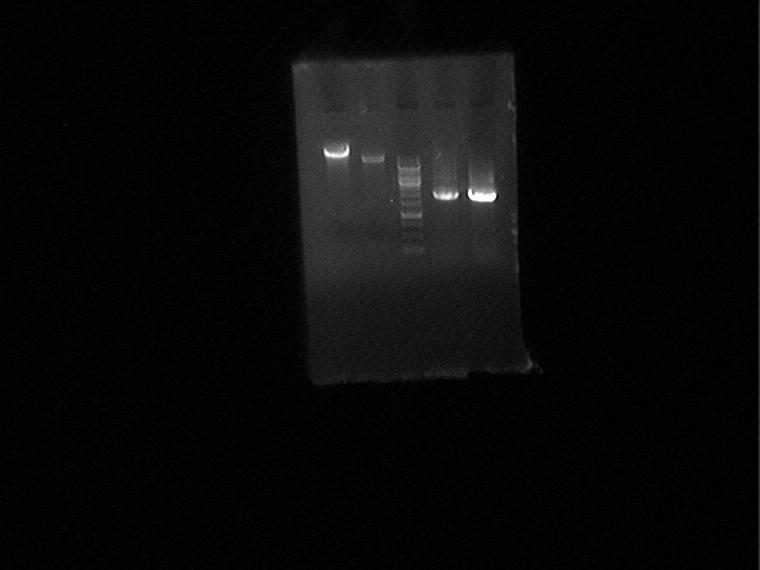Team:Tsinghua/Results
From 2009.igem.org
| Line 7: | Line 7: | ||
!align="center"|[[Team:Tsinghua/Notebook|Notebook]] | !align="center"|[[Team:Tsinghua/Notebook|Notebook]] | ||
|} | |} | ||
| + | |||
| + | [[Image:project.png|800px|center|project.png|Overall Project]] | ||
| + | |||
| + | |||
| + | *[https://2009.igem.org/Team:Tsinghua/Experiment1 ModuleI] | ||
| + | *[https://2009.igem.org/Team:Tsinghua/Experiment2 ModuleII] | ||
| + | *[https://2009.igem.org/Team:Tsinghua/Experiment3 ModuleIII] | ||
| + | |||
| + | |||
| + | We compared and contrasted the structure of viron between adenovirus and bacteriophage lambda, and found the following facts: 1) the shapes of the viron of both adenovirus and bacteriophage lambda is a regular icosohedron, while the adenovirus protein (Fiber) that determines its specificity is positioned on the vertices of the icosohedral viron, which can specifically bind with a receptor called CAR; 2) CAR is widely distributed on the plasma membrane of various types of cells, which partially contributes to its poor specificity to the target cells as well as its potential cytotoxicity; 3) the proliferation of bacteriophage lambda is solely on the basis of its host E.coli, while the production of adenovirus gene therapy vector normally depends on eukaryotic cell lines which are more cost-inefficient and time-consuming; 4) the vertices of adenovirus viron are composed of pentamer of protein III attached to trimer of protein fiber, while the vertices of bacteriophage lambda viron are composed of protein C encoded by lambda phage genome. | ||
| + | |||
| + | Thus, if we can manage to synthesize a bacteriophage-lambda-based gene therapy vector in simulation to the adenovirus vector but modified at the vertices position of its viron, then the production of the synthetic gene therapy vector can be simplified and much easier to manipulate. In addition, considering the low immunogenicity of lambda phage proteins, the safety of the gene therapy can be improved compared with conventional adenovirus vector. | ||
| + | |||
| + | We subdivided our project into three interconnected modules as listed. | ||
Revision as of 06:11, 3 October 2009
| Background | Brainstorming | Design | Experiment | Results | Notebook |
|---|
We compared and contrasted the structure of viron between adenovirus and bacteriophage lambda, and found the following facts: 1) the shapes of the viron of both adenovirus and bacteriophage lambda is a regular icosohedron, while the adenovirus protein (Fiber) that determines its specificity is positioned on the vertices of the icosohedral viron, which can specifically bind with a receptor called CAR; 2) CAR is widely distributed on the plasma membrane of various types of cells, which partially contributes to its poor specificity to the target cells as well as its potential cytotoxicity; 3) the proliferation of bacteriophage lambda is solely on the basis of its host E.coli, while the production of adenovirus gene therapy vector normally depends on eukaryotic cell lines which are more cost-inefficient and time-consuming; 4) the vertices of adenovirus viron are composed of pentamer of protein III attached to trimer of protein fiber, while the vertices of bacteriophage lambda viron are composed of protein C encoded by lambda phage genome.
Thus, if we can manage to synthesize a bacteriophage-lambda-based gene therapy vector in simulation to the adenovirus vector but modified at the vertices position of its viron, then the production of the synthetic gene therapy vector can be simplified and much easier to manipulate. In addition, considering the low immunogenicity of lambda phage proteins, the safety of the gene therapy can be improved compared with conventional adenovirus vector.
We subdivided our project into three interconnected modules as listed.
Contents |
 "
"








